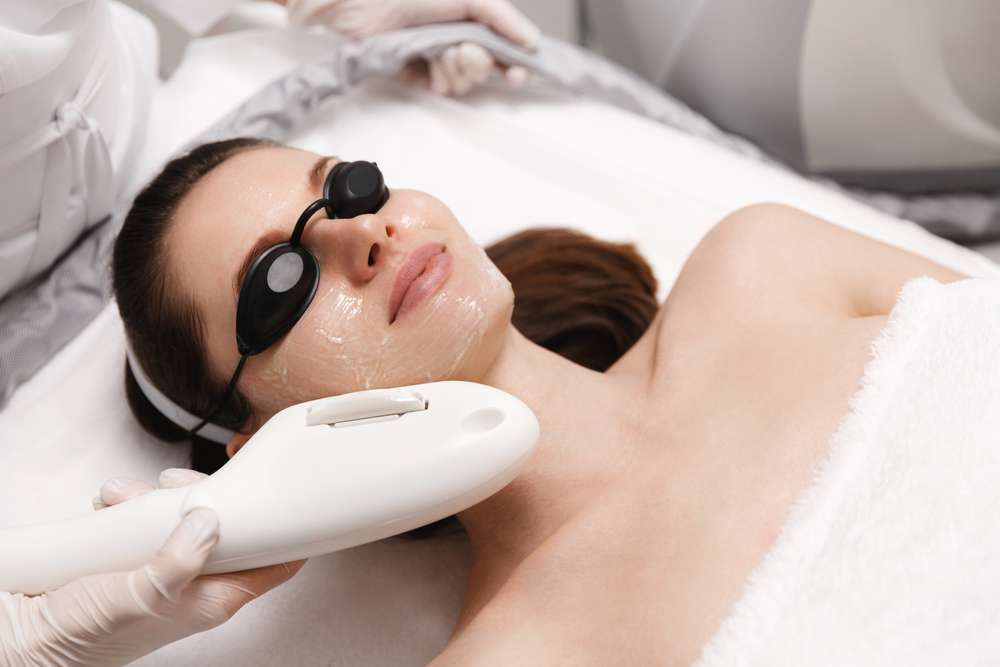Modern Skin Rejuvenation: Treatments and Insights
Discover how modern skin rejuvenation techniques restore texture, tone, and firmness. This guide explains laser and light-based options like fractional lasers, IPL, CO2, and erbium resurfacing, what to expect during treatment, longevity of results, risks, and cost considerations to help you choose the right path for healthier, more radiant skin.

Skin rejuvenation combines medical technology and clinical expertise to reduce signs of aging, correct pigmentation, and improve skin texture. Among available options, laser and light-based therapies are widely used because they precisely target skin layers to trigger natural repair mechanisms and stimulate collagen, resulting in smoother, healthier-looking skin.
Types of laser and light-based treatments
Understanding the main categories helps match treatment to specific concerns.
-
Fractional laser resurfacing: Tiny, controlled micro-injuries are produced across the skin surface, which prompts the body to heal and lay down new collagen. Because only a fraction of the skin is treated in each session, recovery tends to be faster than with full-field ablative lasers while still delivering significant improvement in fine lines and texture.
-
Intense Pulsed Light (IPL): Not a laser in the strict sense, IPL emits broad-spectrum light that targets pigmented lesions, broken capillaries, and uneven tone. It is commonly used for photorejuvenation and can work well for sun-damaged or freckled skin with minimal downtime.
-
CO2 laser resurfacing: A powerful ablative option, CO2 lasers remove outer skin layers and heat deeper tissues to remodel collagen. This treatment is effective for deeper wrinkles, significant sun damage, and scarring, but typically requires a longer recovery period and carries a higher risk profile.
-
Erbium laser resurfacing: Erbium lasers are another ablative choice but are generally gentler than CO2 devices. They vaporize damaged skin with less thermal effect, making them suited to mild to moderate concerns where faster healing is preferred.
Each approach has trade-offs between efficacy, downtime, and side effect risks, so a tailored plan is important.
How long do results last?
Longevity varies by procedure, skin type, and lifestyle. Many patients notice visible improvements that can last months to several years. Ablative treatments like CO2 often yield longer-lasting change than non-ablative methods, but no procedure halts intrinsic aging.
Factors that influence duration include:
- Sun exposure and consistent use of sunscreen
- Daily skincare routine, including topical retinoids and antioxidants
- Nutrition, hydration, and sleep quality
- Smoking, alcohol, and general health
- Stress management and hormonal changes
Maintenance sessions or combination therapies can help sustain results over time.
What to expect during a clinic visit
A reputable clinic will guide you through each step.
-
Consultation: A practitioner evaluates skin type, medical history, and goals, then recommends suitable options. Photos and patch tests may be used.
-
Preparation: The treatment area will be cleansed. For more aggressive procedures, topical numbing or local anesthesia may be applied. Some protocols include pre-treatment skincare to reduce complications.
-
Procedure: Treatment duration depends on method and treated area, typically ranging from 15 minutes to an hour. Patients may feel warmth, snapping sensations, or mild discomfort depending on the device.
-
Immediate aftercare: Expect redness, swelling, or a sunburn-like sensation. Clinicians provide instructions on cleansing, moisturizing, sun avoidance, and signs of infection to watch for.
-
Follow-up: Additional sessions or touch-ups may be scheduled, and progress is monitored to ensure healing and desired outcomes.
Potential risks and side effects
When administered by trained professionals, laser and light therapies are generally safe, but potential adverse effects include:
- Redness and swelling that usually resolve within days to weeks
- Increased skin sensitivity to sunlight and certain products
- Temporary or, less commonly, permanent changes in skin pigmentation
- Small risk of scarring, especially with aggressive treatments or inadequate aftercare
- Rare infections if wound care instructions are not followed
Thorough pre-treatment assessment and adherence to aftercare instructions minimize risks.
| Treatment Type | Provider | Cost Estimation |
|---|---|---|
| Fractional Laser Resurfacing | Dermatology Clinics | $500 - $2,500 per session |
| IPL Treatment | Medical Spas | $300 - $800 per session |
| CO2 Laser Resurfacing | Plastic Surgery Centers | $1,500 - $5,000 per session |
| Erbium Laser Resurfacing | Aesthetic Clinics | $1,000 - $3,000 per session |
Prices, rates, or cost estimates mentioned in this article are based on the latest available information but may change over time. Independent research is advised before making financial decisions.
Choosing the right option
Match the treatment to your concerns, tolerance for downtime, and budget. Less invasive methods may require multiple sessions and ongoing maintenance, while more intensive resurfacing can produce dramatic results with longer recovery. Always verify a provider’s credentials, ask about before-and-after photos from patients with similar skin types, and ensure the clinic follows safety protocols.
Final considerations
Laser and light-based skin rejuvenation offer powerful tools to refresh tone, reduce wrinkles, and repair sun damage. Results depend on the specific technology, practitioner skill, and your commitment to sun protection and supportive skincare. Before proceeding, discuss realistic expectations, potential side effects, and a maintenance plan with a qualified practitioner to achieve the best outcome for your skin.
This article is for informational purposes only and should not be considered medical advice. Please consult a qualified healthcare professional for personalized guidance and treatment.






